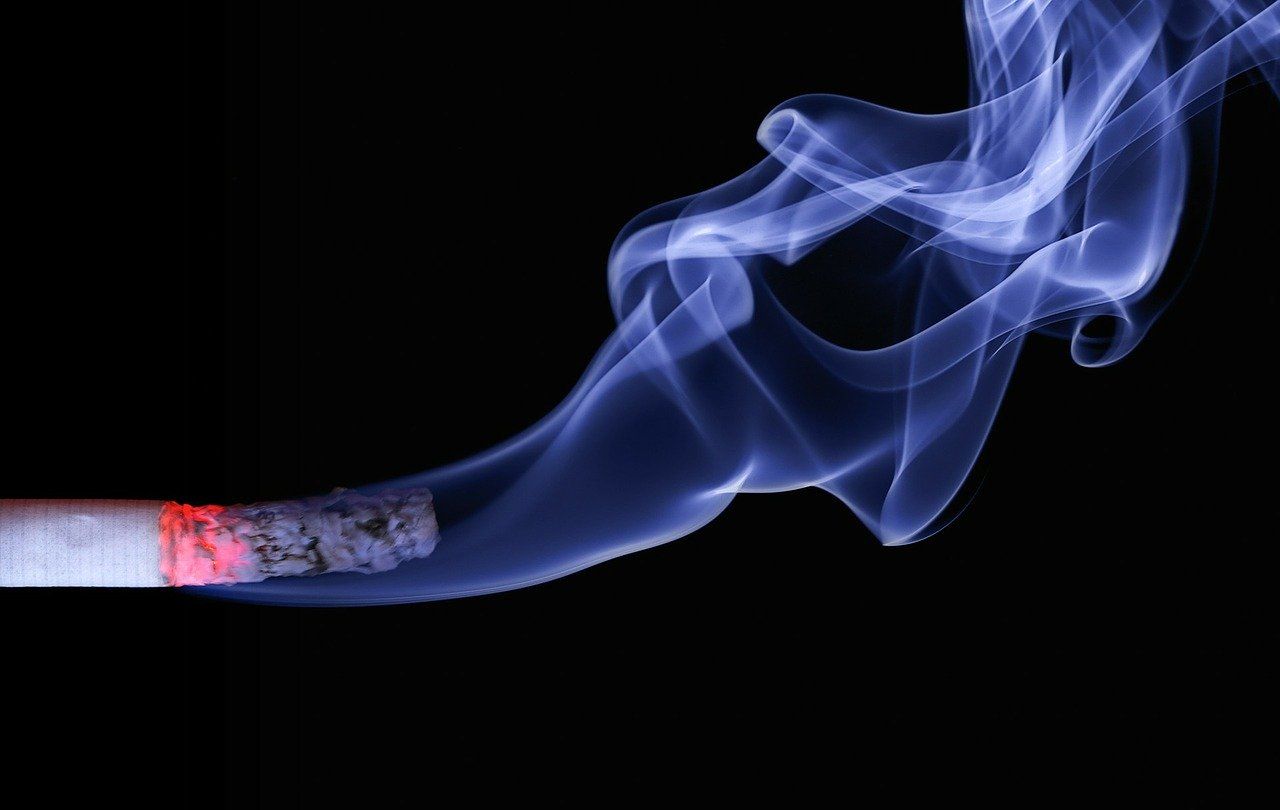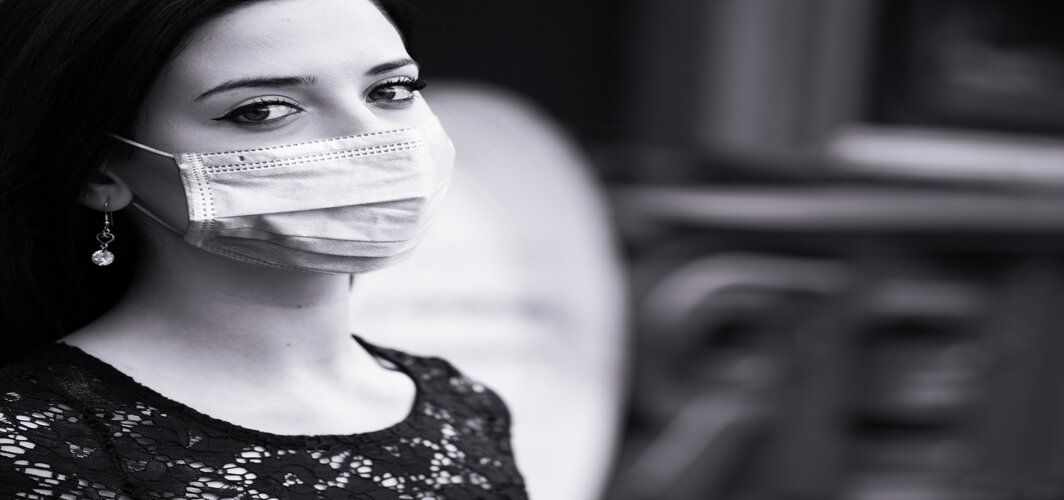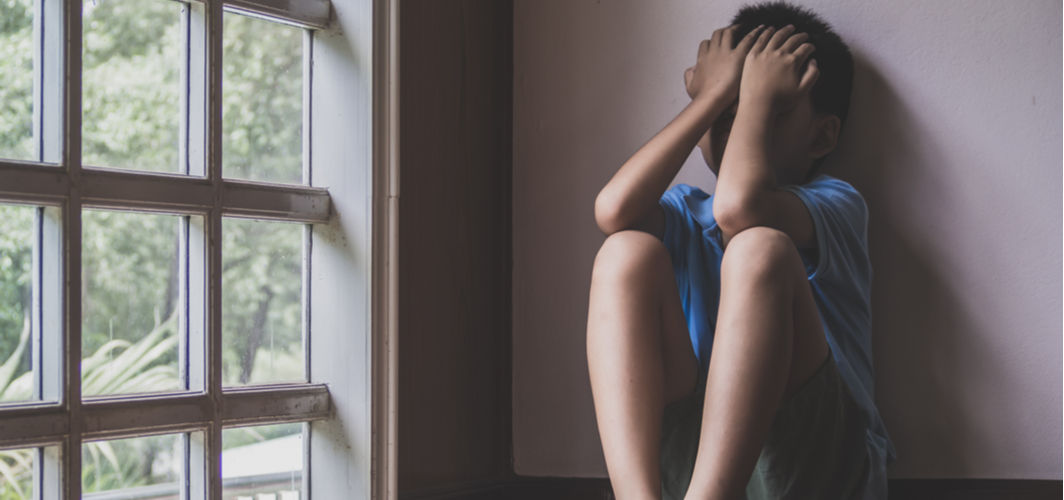Coronavirus Updates
Does Smoking Increase the Risk of COVID-19?
4 min read
By Apollo 24/7, Published on - 25 May 2020, Updated on - 18 October 2022
Share this article
2
1 like

COVID-19 has been declared a pandemic; as on 20 May 2020, it has affected around 50 lakh people globally. COVID-19 is mainly a respiratory infection with symptoms like fever with cough, and sore throat initially. At a later stage, patients might also have difficulty in breathing. Unfortunately, limited information is available on COVID-19 till now leading to confusion among the common people. One common assumption made by people in the absence of information is the association of smoking with severe illness due to COVID-19. Smoking has also been linked to the increase in death rate in Coronavirus infected patients.
Research done over the years has shown that smoking is a risk factor for common respiratory infections like Influenza, also known as flu. Evidence from previous outbreaks due to similar Coronaviruses like Severe Acute Respiratory Syndrome (SARS) and Middle East Respiratory Syndrome (MERS) suggests that smoking can directly or indirectly lead to increased risk of infection and may cause increased deaths from severe illness.
How does smoking affect COVID-19 situation?
According to the data provided by the World Health Organization (WHO), tobacco kills over 8 million people globally every year. Out of these deaths, 7 million are due to smoking and 1.2 million are due to indirect exposure to smoking by someone else. This data may also relate to the number of people who are at risk of severe illness due to COVID-19.
Smoking damages our immune system, lung function, and reduces our lung capacity. As a result, the body cannot keep up the fight against Coronavirus. When a person smokes, the fingers of the person come in close contact with the lips. Hence, the risk of transmission of the virus from hands to mouth is increased. Smoking is also known as a risk factor for non-communicable diseases like heart disease, cancer, and diabetes. This puts people who smoke at a higher risk for severe illness due to COVID–19.
Does smoking a water pipe increase the risk of COVID-19 infection?
The traditional usage of smoking water pipes, also known as Sheesha or Hookah, includes the sharing of mouthpiece or hose for inhaling the smoke. This can increase the risk of transmission of Coronavirus from one person to another. Smoking of a water pipe usually happens in social settings either at home or in social gatherings. Under both circumstances, it can contribute to the transmission of Coronavirus.
The water pipe apparatus itself can act as an area for the microorganisms to grow and infect the person using it. The main ingredient in the water pipe is tobacco. Tobacco has proven to have bad effects on both the heart as well as the lungs. This can further increase the risk of waterpipe smokers getting a severe illness due to COVID-19.
Second-hand smoke from both water pipes as well as cigarettes from a smoker in the family can cause similar harmful effects on other family members. The risk of severe COVID–19 illness also increases in elderly people and children. Further, there is a risk of third-hand smoke from water pipe smoking which is also harmful to close family members. Third-hand smoke is the residue that comes from smoking tobacco and accumulates in either dust or surface objects. This can later be re-emitted into the air.
What do the trials worldwide reveal?
In the current global pandemic of COVID–19, it is crucial to identify vulnerable and susceptible groups and offer them effective protection and care. As per 2018 data, there are about 27 Crore tobacco users in India which puts them at higher risk of severe illness due to COVID-19. For this reason, many researchers have done studies over the risk profile of Coronavirus which even included the study of smoking risk in the general population.
A study done on more than 1000 patients in China, published by the NEJM journal, found that in current smokers, 16.9 % of COVID-19 patients had a severe illness while only 11.8 % had mild illness. Four other studies done in China around the same time showed similar results. There were higher percentages of smokers among patients who needed intensive care, mechanical ventilation, or succumbed to death. Although researchers concluded that further study is needed, smoking is more likely associated with severe illness and poor outcomes in COVID–19 patients.
What is the WHO recommendation on tobacco for COVID-19?
WHO is continuously evaluating new research globally to examine the link between tobacco and COVID-19. With the limited data available so far, WHO recommends smokers to take immediate steps and quit smoking. Proven methods like nicotine replacement therapies can help smokers in quitting this habit. However, these therapies should be taken strictly under the guidance of a doctor.
WHO claims that within 20 minutes of quitting smoking, a person's heart rate and blood pressure stabilize. After 12 hours of quitting, the carbon monoxide levels in blood normalize, and within 2 to 12 weeks of quitting, the blood circulation improves. As a result, lung functioning gets better gradually. Keeping in mind these benefits, along with the long-term benefit to the heart, it is a good idea to quit smoking.
Coronavirus Updates
Leave Comment
Recommended for you

Coronavirus Updates
Should You Continue Wearing Face Masks?
Face masks are the most powerful public health tool against the Coronavirus and if all people wore them, the virus spread could be controlled.

Coronavirus Updates
Dealing with COVID-19 Triggered Psychological Issues in Children
The COVID-19 pandemic has affected the mental health of children and adolescents indiscriminately, resulting in the onset of several health problems such as anxiety and depression.

Coronavirus Updates
Can a COVID-19 Self-test Detect the Omicron Variant?
COVID-19 self-test kits can detect infection, irrespective of the variant. The article explores the effectiveness of COVID-19 self-test kits in detecting the Omicron variant.
Subscribe
Sign up for our free Health Library Daily Newsletter
Get doctor-approved health tips, news, and more.
Visual Stories

Can India Beat the COVID-19 Surge?
Tap to continue exploring
Recommended for you

Coronavirus Updates
Should You Continue Wearing Face Masks?
Face masks are the most powerful public health tool against the Coronavirus and if all people wore them, the virus spread could be controlled.

Coronavirus Updates
Dealing with COVID-19 Triggered Psychological Issues in Children
The COVID-19 pandemic has affected the mental health of children and adolescents indiscriminately, resulting in the onset of several health problems such as anxiety and depression.

Coronavirus Updates
Can a COVID-19 Self-test Detect the Omicron Variant?
COVID-19 self-test kits can detect infection, irrespective of the variant. The article explores the effectiveness of COVID-19 self-test kits in detecting the Omicron variant.